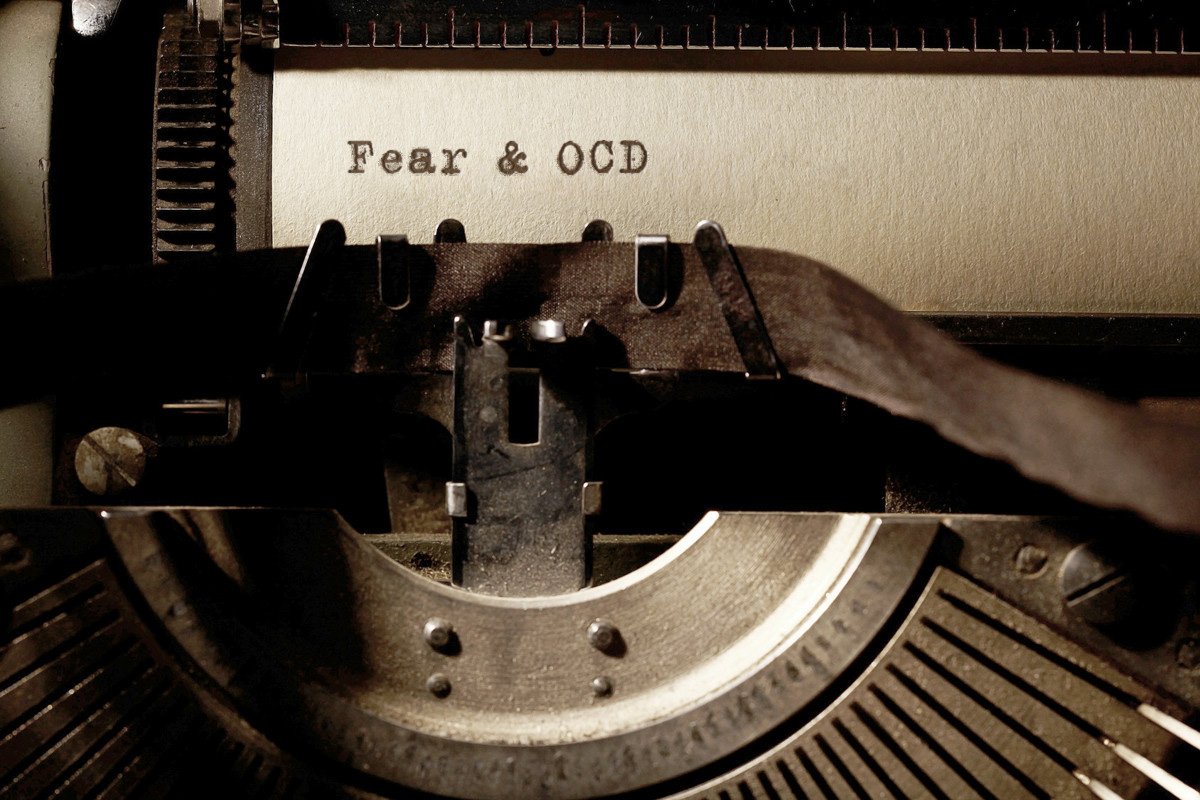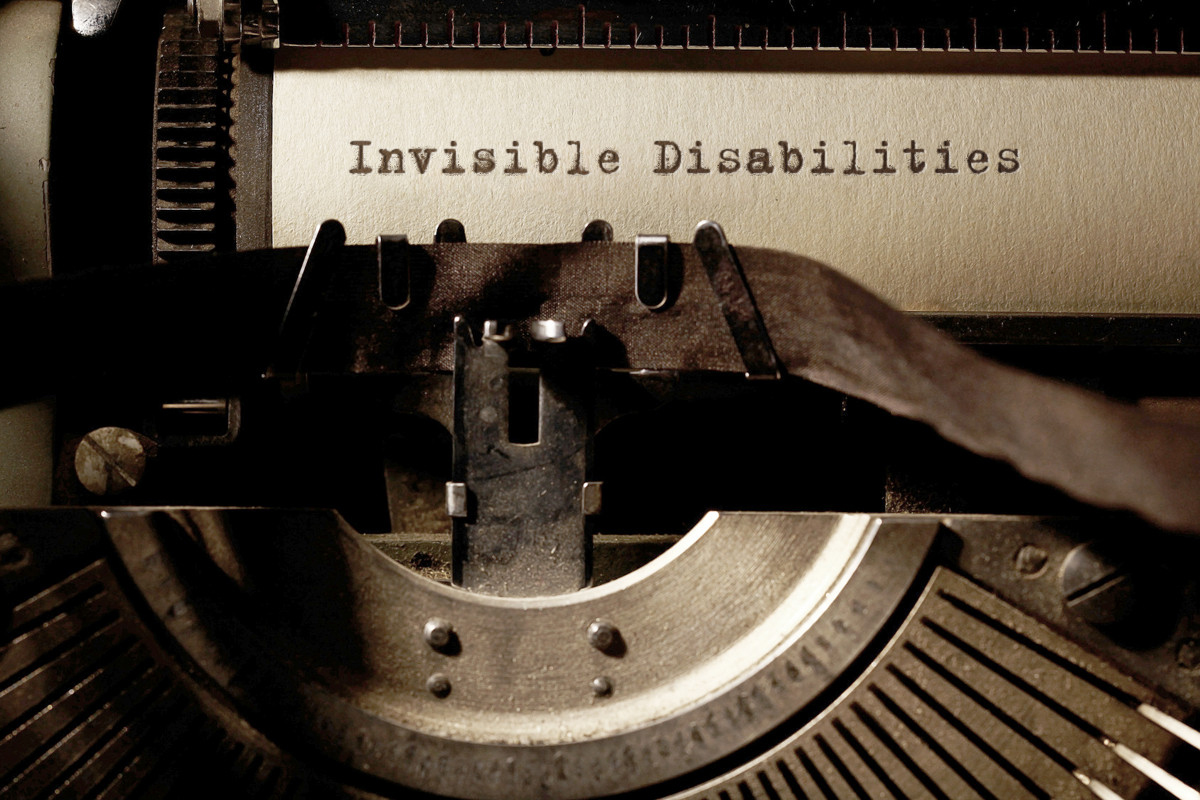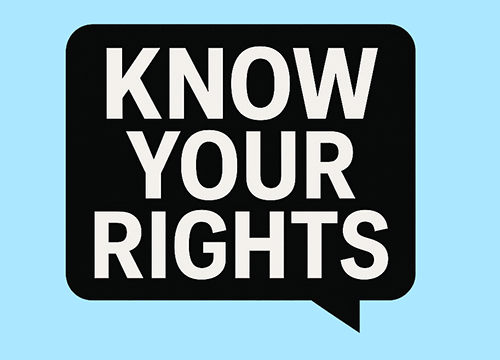Hoarding: Understanding the Disorder and Its Implications
Hoarding is a serious disorder with far-reaching consequences. Understanding its causes, recognizing its symptoms, and seeking appropriate treatment can significantly improve the lives of those affected. By increasing awareness and compassion, we can better support individuals in overcoming the challenges associated with hoarding and help them lead healthier, more organized lives.










